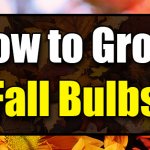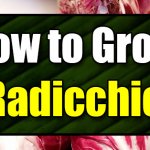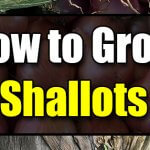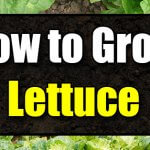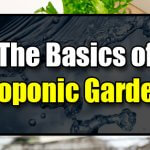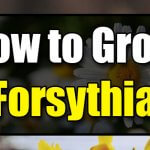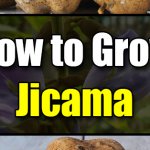
Jicama, also referred to as the yam bean, has a tuberous root with a course, yellowish skin that should be peeled prior to usage. The root’s interior is white, and has a crispy, juicy, sweet flavor somewhat like that of an apple or a pear. Although the jicama can be used cooked in soups and…

